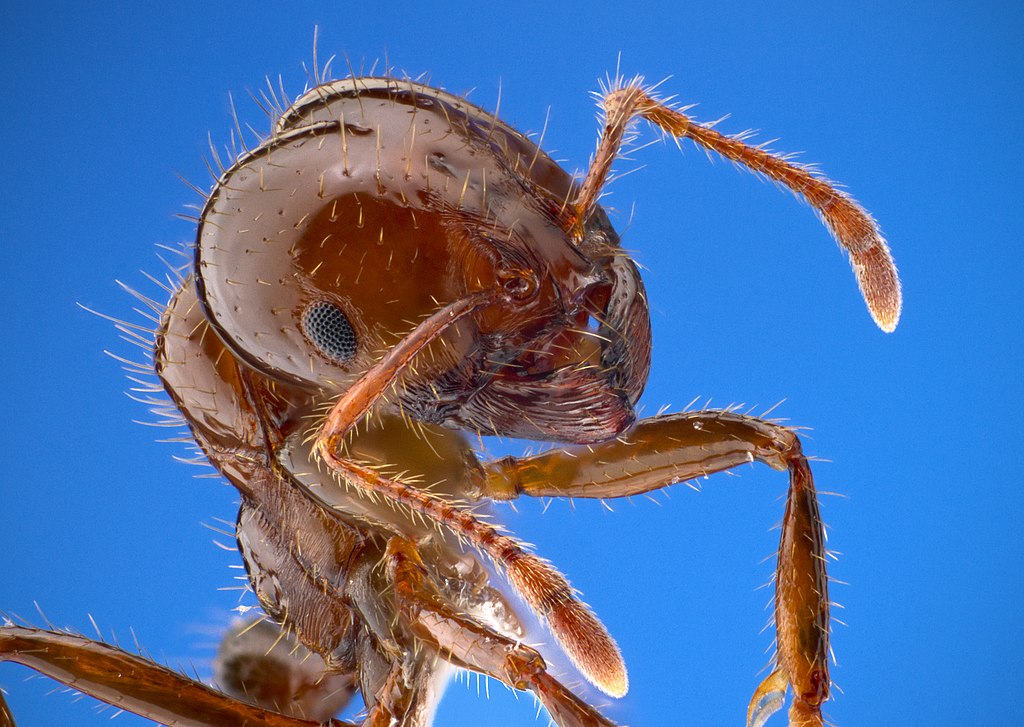Lurking in gardens, fields, and playgrounds across the southern United States is a tiny menace with a painful sting and an aggressive temperament. The Red Imported Fire Ant (Solenopsis invicta) may be small in stature, but its impact on ecosystems, agriculture, and human health is anything but insignificant. Since its accidental introduction to the United States in the 1930s, this invasive species has spread relentlessly across the southern states, causing billions of dollars in damage and becoming a persistent public health concern. Their distinctive mounds dot the landscape like miniature volcanoes, each housing thousands of industrious workers ready to defend their colony with painful, burning stings that give the fire ant its name. This article explores the fascinating biology, troubling impact, and ongoing battle against one of America’s most notorious invasive species.
Origins and Invasion History

The Red Imported Fire Ant is native to South America, specifically the Pantanal and Paraguay River regions of Brazil, Paraguay, and Argentina, where natural predators and competitors keep their populations in check. Their journey to North America began in the 1930s when they hitchhiked aboard cargo ships entering through the port of Mobile, Alabama. The ants found the southeastern United States to be an ideal environment – warm, humid, and critically, lacking the specialized predators that controlled their numbers in their native range. By the 1950s, the fire ants had established themselves across much of Alabama and Mississippi, beginning what would become one of the most successful biological invasions in North American history. Over subsequent decades, they continued their march across the South, establishing populations from Texas to Florida and reaching as far north as North Carolina and Tennessee, with isolated populations occasionally appearing even further north.
Physical Characteristics and Identification
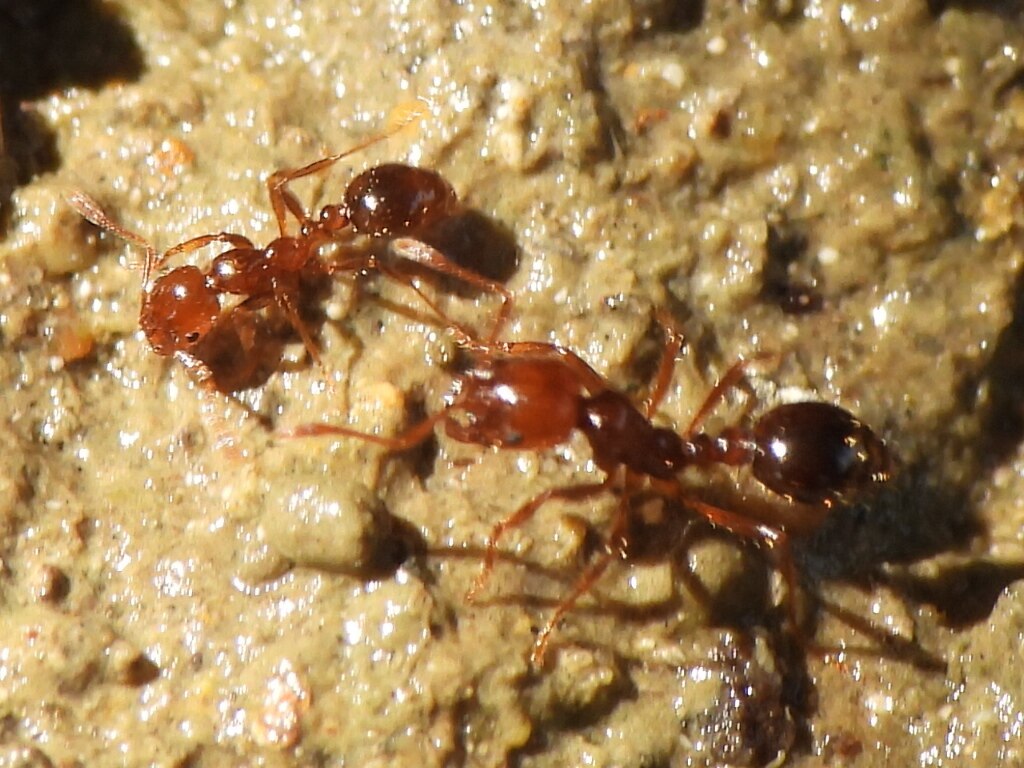
Red imported fire ants are relatively small insects, measuring between 2 to 6 millimeters in length, with the queens being significantly larger than worker ants. Their reddish-brown to dark brown coloration gives them their common name, though this can vary somewhat between colonies. Unlike many native ant species, fire ants have a distinctive two-segment waist (petiole) and a stinger at the tip of their abdomen, which they use with devastating efficiency. Their colonies are polymorphic, meaning they contain workers of different sizes, with larger soldiers defending the colony and smaller workers tending to daily tasks. One of the most reliable ways to identify red imported fire ants is by their distinctive mound nests, which can rise 18 inches above ground level and lack a central opening at the top, unlike the nests of many native ant species. When disturbed, these ants swarm out aggressively in large numbers, climbing vertical surfaces including human skin, and delivering synchronized, painful stings.
Colony Structure and Social Organization

Fire ant colonies exemplify the complex social organization found in many eusocial insects, with a rigid caste system that maintains colony efficiency. At the heart of each colony is at least one reproductive queen (and sometimes multiple queens in what are known as polygyne colonies) that can live up to seven years and produce over 1,500 eggs per day at peak production. The vast majority of ants in the colony are sterile female workers who perform various duties including foraging, nest maintenance, brood care, and colony defense, with their specific roles often determined by their size and age. Male fire ants, called drones, serve only to mate with new queens during nuptial flights and die shortly afterward. A mature fire ant colony can contain anywhere from 100,000 to 500,000 individuals, creating a formidable defensive force when the nest is threatened. This complex social structure, coupled with their ability to relocate entire colonies when threatened (such as during flooding), contributes significantly to their success as an invasive species.
The Painful Sting and Its Medical Implications
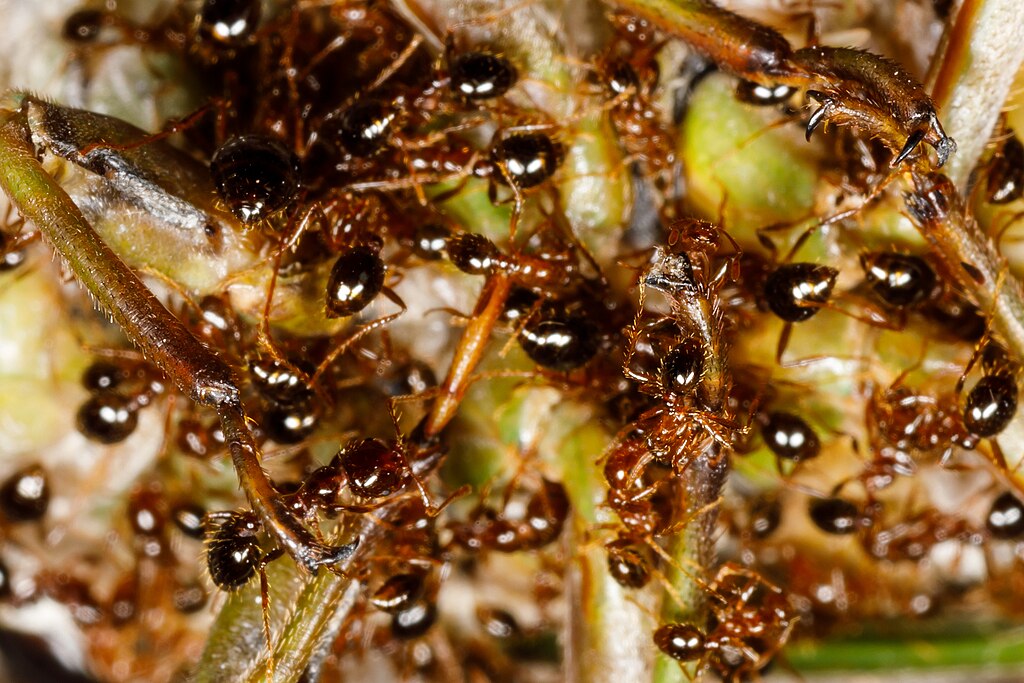
The fire ant’s sting is notorious for its disproportionate pain relative to the insect’s small size, earning them their fiery moniker. Unlike many bee or wasp species, fire ants can sting multiple times in rapid succession, pivoting their bodies in a circular pattern while gripping the victim’s skin with their mandibles. When they sting, fire ants inject a potent alkaloid venom called solenopsin, which causes an immediate burning sensation followed by the formation of a characteristic pustule within 24 hours. For most people, these stings are merely painful and itchy, resolving within a week or so without treatment. However, for approximately 1% of the population who are allergic to fire ant venom, reactions can be severe and potentially life-threatening, including anaphylaxis that requires immediate medical intervention. Even for non-allergic individuals, multiple stings can cause significant reactions, and secondary infections can develop if pustules are scratched and broken. Medical professionals in fire ant-endemic regions regularly treat thousands of sting victims annually, particularly children playing outdoors who may inadvertently disturb nests.
Ecological Impact on Native Species

The ecological footprint of red imported fire ants extends far beyond their painful stings, profoundly affecting ecosystems throughout the invaded range. These aggressive invaders directly compete with native ant species for resources, often displacing them entirely from areas where fire ants become established. Research has documented significant reductions in biodiversity, with some studies showing decreases of up to 90% in native ant populations and 50% in other insect populations where fire ants dominate. Ground-nesting wildlife is particularly vulnerable, with fire ants known to attack bird nestlings, reptile hatchlings, and small mammals, sometimes causing localized population declines in affected species. For example, northern bobwhite quail have experienced significant population decreases in regions heavily infested with fire ants. The ants also disrupt seed dispersal patterns by preying on or displacing native ant species that normally perform this ecological service, potentially altering plant community composition over time. These cascading ecological effects demonstrate how a single invasive species can fundamentally reshape ecosystems across vast geographic areas.
Agricultural and Economic Consequences

The economic toll of red imported fire ants reaches into the billions of dollars annually across the southern United States. In agriculture, these industrious insects damage crops directly by feeding on plants, particularly young shoots and germinating seeds, and indirectly by tending and protecting sap-sucking insects like aphids that harm crops. They also pose significant problems for livestock operations, where animals can receive painful stings, especially on sensitive areas such as eyes and noses, and young or confined animals may be killed by multiple stings. Agricultural equipment can be damaged when fire ants build nests inside electrical housing and switch boxes, leading to short circuits and equipment failures. Beyond agriculture, fire ants impose substantial costs on infrastructure maintenance, with their mounds damaging mowing equipment in parks and along roadways, and their tendency to nest in electrical equipment causing failures in traffic signals, air conditioning units, and other essential systems. The combined direct damages, control costs, and medical expenses associated with fire ants are estimated to exceed $6 billion annually in the United States alone.
Urban Challenges and Public Safety Concerns

In urban and suburban areas, red imported fire ants create unique challenges for residents, property managers, and public officials alike. Their mounds can appear seemingly overnight in carefully maintained lawns, parks, playgrounds, and sports fields, creating both aesthetic issues and safety hazards. Schools in heavily infested areas must regularly inspect playgrounds for fire ant activity, sometimes restricting outdoor activities following rain events when colonies are most active near the surface. Public spaces require regular monitoring and treatment, adding significant costs to municipal budgets already stretched thin. Private homeowners face similar challenges, with fire ants invading gardens, landscaped areas, and even homes during extreme weather events like flooding. The ants’ attraction to electrical fields creates additional hazards, as they frequently nest in utility boxes, air conditioning units, and other electrical infrastructure, causing short circuits that can lead to equipment failure or even fires. Perhaps most concerning from a public safety perspective is the presence of fire ants in healthcare facilities, where patients with limited mobility may be especially vulnerable to multiple stings if ants invade hospital rooms or care facilities.
Chemical Control Methods and Their Limitations

Since the recognition of fire ants as a significant pest, a variety of chemical control methods have been developed, though each comes with its own set of limitations and environmental concerns. Broadcast baits containing insect growth regulators or metabolic inhibitors remain among the most effective control options, working slowly as foraging ants carry the poison back to the colony where it eventually kills the queen and prevents the development of new workers. Contact insecticides provide faster results for individual mound treatments but don’t address the underlying colony structure if the queen survives. Early eradication efforts in the 1950s and 1960s relied heavily on broad-spectrum insecticides like heptachlor and mirex, which were later banned due to environmental persistence and non-target effects, including impacts on beneficial insects and wildlife. Modern chemical controls are more targeted but still face significant challenges, including the ants’ ability to detect and avoid certain chemical barriers, the polygyne colonies’ redundancy in queen numbers, and the species’ capacity to rapidly recolonize treated areas from nearby untreated populations. Additionally, the cost of chemical treatment across large areas can be prohibitive, especially when treatments must be repeated multiple times per year for effective suppression.
Biological Control Efforts
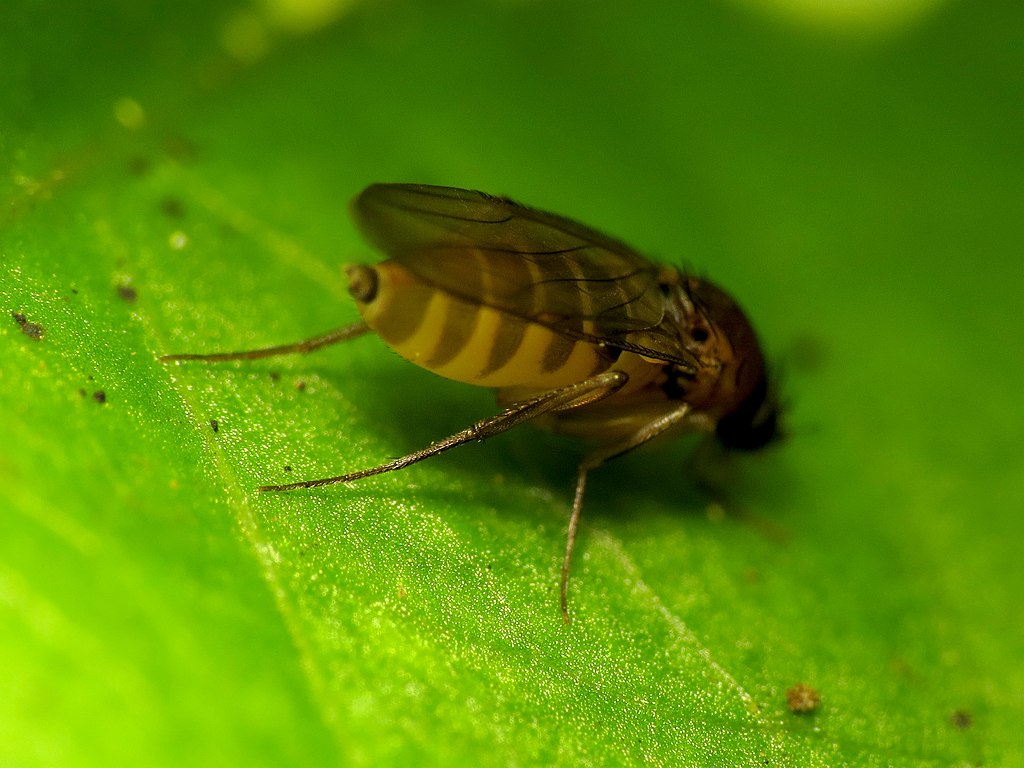
The search for sustainable fire ant control has increasingly focused on biological control agents from the ants’ native South American range, where natural enemies keep populations in check. One of the most promising biological controls is the phorid fly (Pseudacteon species), tiny parasitoids that lay eggs in fire ant workers, ultimately decapitating them and using their heads as pupal development chambers. Several species of these flies have been successfully introduced and established in the United States, though their impact has been more modest than initially hoped, reducing fire ant populations by approximately 15-30% rather than achieving complete control. Microsporidia pathogens like Kneallhazia solenopsae have also been introduced, infecting fire ant colonies and reducing their reproductive capacity and overall vigor over time. Another approach involves the introduction of viral pathogens specifically targeting fire ants, with Solenopsis invicta virus-1 (SINV-1) showing promise in laboratory studies. These biological control methods offer the advantage of specificity, targeting fire ants while sparing native species, and self-perpetuation once established, though complete eradication through biological means alone remains unlikely given the fire ants’ remarkable adaptability and robust colony structure.
Cultural and Mechanical Control Strategies
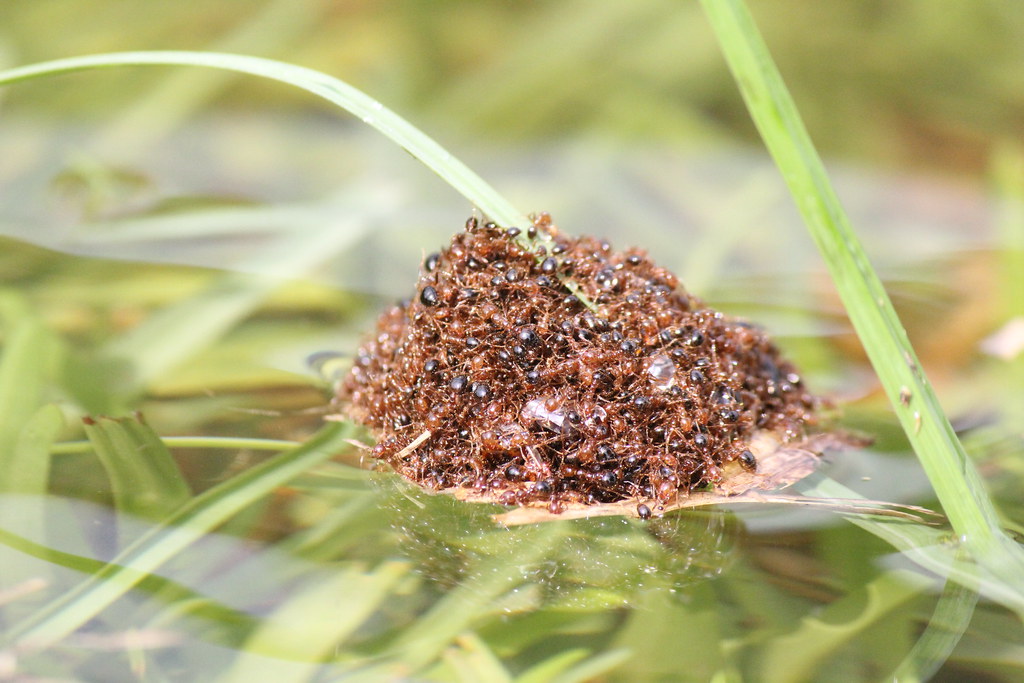
In addition to chemical and biological approaches, various cultural and mechanical methods have been employed to manage fire ant populations, especially in sensitive areas where chemical use may be restricted. Hot water treatment, where boiling water is poured directly onto mounds, can provide immediate control for individual colonies, though it rarely eliminates the queen and may harm surrounding vegetation. Some homeowners have experimented with disturbing mounds and then applying diatomaceous earth or similar desiccants, which physically damage the ants’ exoskeletons and lead to dehydration. In agricultural settings, regular tillage practices can disrupt shallow fire ant nests, though this provides only temporary relief as colonies quickly reestablish. Research has also explored the use of resistant groundcovers in landscaping, as certain dense plant species appear to discourage fire ant colonization. For homeowners, maintaining a well-irrigated lawn can sometimes discourage fire ants, which often prefer drier, sunnier locations for their mounds. Physical barriers, such as talcum powder or petroleum jelly, have proven useful in protecting specific areas like the legs of picnic tables or pet food dishes, though these methods are practical only for very limited applications rather than broad-scale control.
Climate Change and Range Expansion
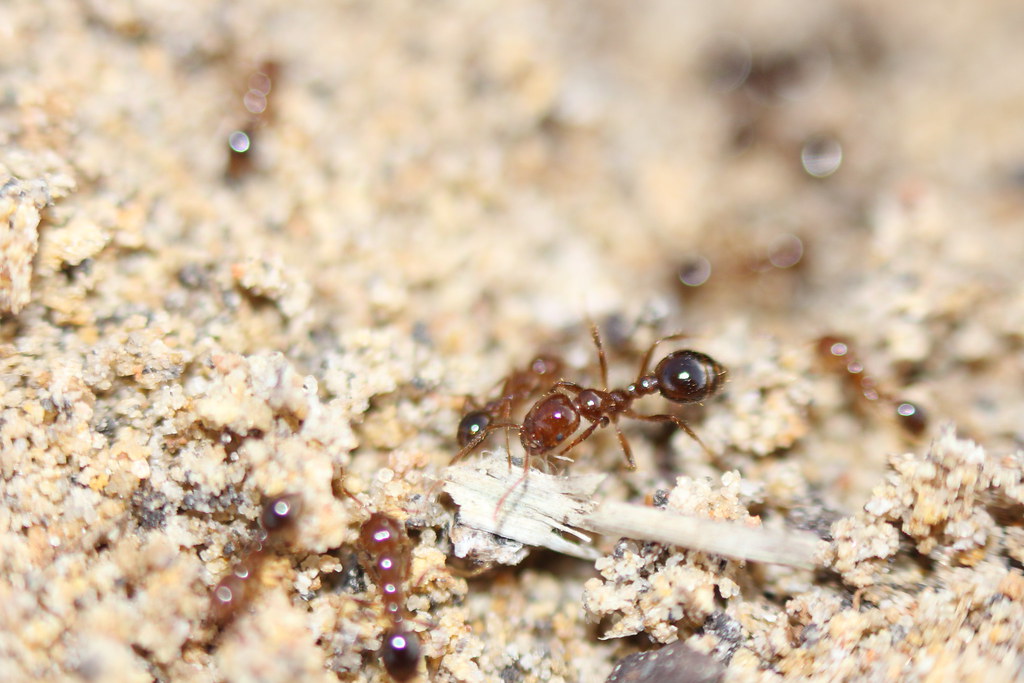
Climate change projections suggest a potentially troubling future expansion of the red imported fire ant’s range as warming temperatures push the thermal boundaries that currently limit their northern spread. Models predict that by mid-century, suitable habitat for fire ants could extend significantly further north than their current distribution, potentially bringing these invasive insects to regions currently unburdened by their presence. States that have experienced only occasional, isolated infestations—such as Virginia, Kentucky, and Oklahoma—could face permanent, widespread establishments. While fire ants require warm temperatures, they also depend on adequate moisture, meaning that climate change effects will likely create a complex mosaic of newly suitable and newly unsuitable habitats. Areas experiencing increased precipitation alongside warming temperatures may become particularly vulnerable to fire ant invasion. Simultaneously, parts of the current range, particularly in Texas and the Southwest, may become too arid to support dense fire ant populations if drought conditions intensify as predicted. These shifting dynamics will require adaptive management strategies and continued monitoring of range boundaries to anticipate and respond to new infestations before they become firmly established.
Genetic Research and Future Control Possibilities
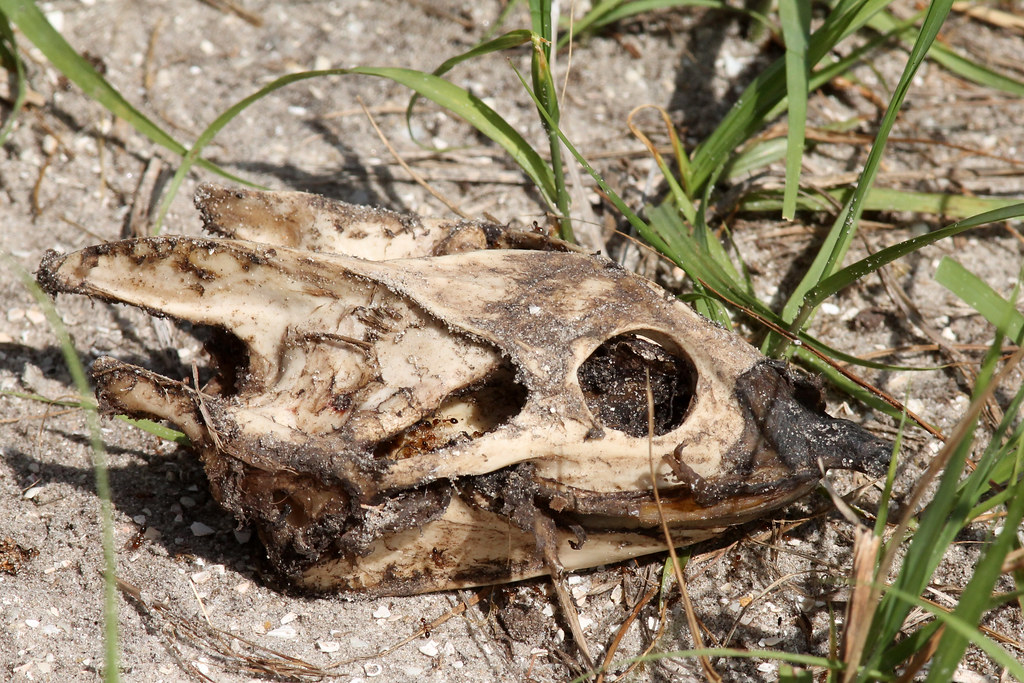
The frontier of fire ant control increasingly lies in genetic and molecular research, offering tantalizing possibilities for more targeted management approaches. Scientists have fully sequenced the fire ant genome, providing insights into the genetic basis for their social organization, chemical communication, and venom production. This genetic blueprint has opened doors to potential RNA interference (RNAi) technologies that could silence specific genes critical to fire ant survival or reproduction. Researchers are particularly interested in disrupting the production or reception of queen pheromones that maintain colony cohesion and prevent worker reproduction. Another promising avenue involves modifying the microbiome of fire ants, potentially introducing bacteria that produce compounds toxic to the ants but harmless to other organisms. The identification and synthesis of fire ant sex pheromones could potentially enable the development of more effective monitoring tools and possibly even mating disruption strategies similar to those used for certain agricultural pests. While these cutting-edge approaches remain largely experimental and face significant regulatory hurdles before field implementation, they represent the possibility of highly specific control methods that could target fire ants while minimizing impacts on non-target organisms and ecosystems.
Living with Fire Ants: Adaptation and Management

For residents across the southern United States, learning to coexist with fire ants has become an unavoidable reality, shifting focus from eradication to pragmatic management and risk reduction. Public education campaigns emphasize awareness of fire ant presence and appropriate responses to encounters, particularly for vulnerable populations like children and the elderly. Schools in fire ant territory routinely conduct playground inspections before outdoor activities and maintain treatment protocols to reduce on-campus ant populations. Many communities have developed integrated pest management approaches that combine monitoring, targeted chemical treatments, and habitat modification to keep fire ant populations below nuisance thresholds in high-use areas. Outdoor event planning in affected regions now commonly includes fire ant considerations, with preventative treatments applied days before festivals, sporting events, or public gatherings. Personal protective measures have also evolved, with residents learning to wear closed-toe shoes in infested areas, apply insect repellents containing DEET or picaridin when necessary, and recognize the early symptoms of allergic reactions to fire ant stings. This shift toward coexistence acknowledges the reality that complete eradication is currently unattainable, focusing instead on minimizing health risks and economic damage while research continues on more effective control strategies.
Conclusion
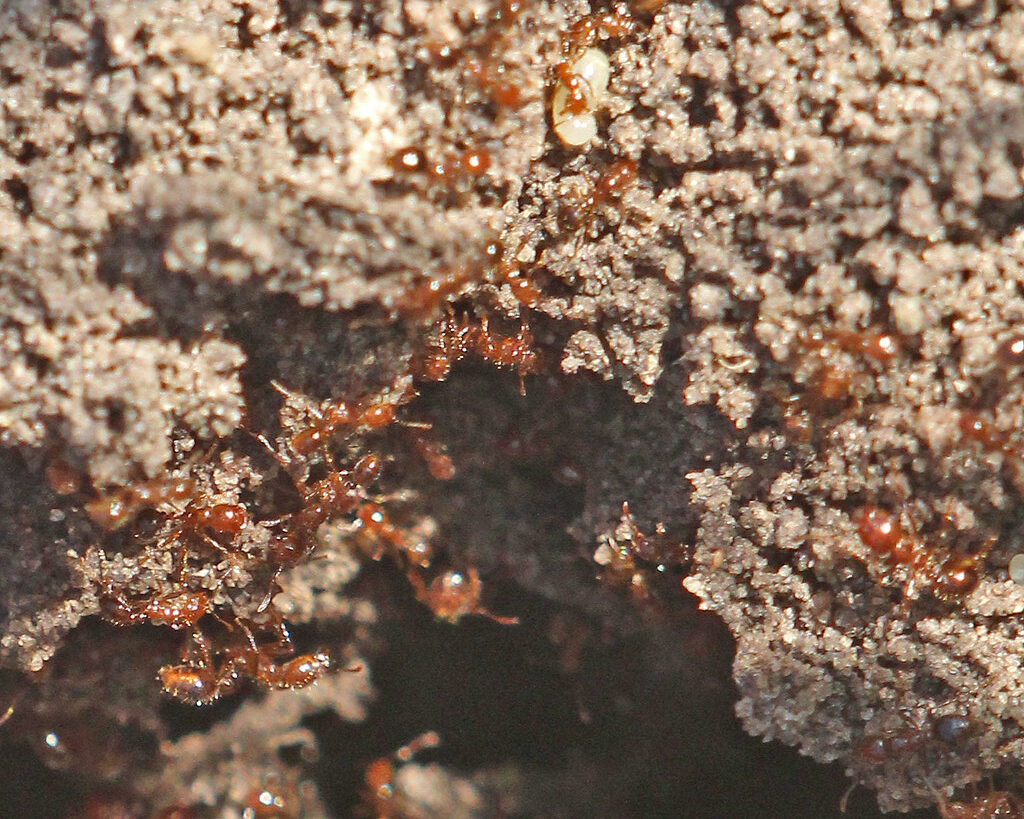
The red imported fire ant stands as a cautionary tale of invasive species management, demonstrating how a seemingly insignificant introduction can transform into an ecological and economic juggernaut when natural controls are absent. From humble beginnings as stowaways on cargo ships, these tenacious insects have rewritten the ecological script across millions of acres of the American South, causing billions in damages and countless painful encounters with humans and wildlife alike. Despite decades of research and control efforts, fire ants continue to thrive, adapting to our best attempts at management while steadily expanding their range. As climate change potentially opens new territories to invasion and globalization continues to accelerate species movement around the planet, the lessons learned from fire ants become increasingly valuable. The most promising path forward appears to lie in integrated approaches that combine improved monitoring, targeted chemical treatments, biological control agents, and cutting-edge genetic technologies, all while acknowledging that some degree of coexistence may be inevitable. For the foreseeable future, the tiny red terror of the South remains an unwelcome but persistent neighbor, demanding continued vigilance, research, and adaptation.

